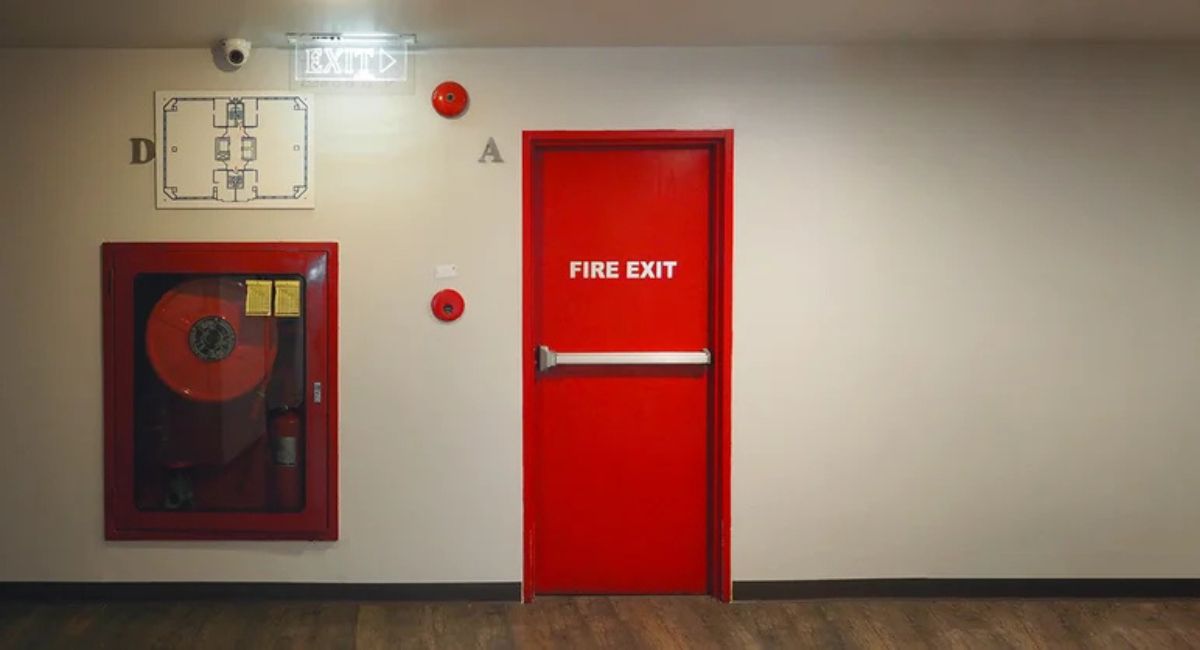Understand the Advantages of Workforce Safety Training for You.
Fire drill safety training is an essential component of workplace safety programs, designed to prepare employees to respond quickly and effectively in case of fire emergencies. This training ensures that staff understand evacuation procedures, emergency exits, and the use of fire safety equipment.
By conducting regular fire drills, organizations can foster a safety-first culture and comply with regulatory standards.
Demo and Features
A fire drill safety training demo provides a hands-on experience to familiarize employees with evacuation procedures, emergency protocols, and the use of safety equipment.
- Pre-Drill Briefing.
- Fire Alarm Activation.
- Guided Evacuation.
- Headcount at Assembly Points.
- Simulation of Fire Equipment Usage.
- Real-Time Feedback and Improvement.
- Emergency Preparedness for Various Scenarios.
- Compliance with Safety Regulations.

Benefits of Workforce Safety Training
Fire drill safety training is essential for fostering a safety-first culture within organizations. Through realistic simulations, hands-on equipment training, and role-based responsibilities, employees are well-prepared to respond swiftly and effectively to fire emergencies.
- Life-Saving Preparedness.
- Improved Response Time.
- Team Coordination and Communication.
- Early Hazard Identification.
- Better Use of Fire Safety Equipment.
- Compliance with Safety Regulations.
- Risk Mitigation and Liability Reduction.
Key Components of Fire Drill Safety Training
Evacuation Procedures
- Practice evacuating the building safely and efficiently within a specific time limit.
- Ensure employees are familiar with primary and secondary exits.
- Encourage calm, orderly movement and avoidance of hazards during evacuation.
Assembly Points and Headcounts
- Identify safe assembly points away from the building.
- Conduct headcounts to ensure all employees are accounted for.
- Train personnel to notify emergency responders of any missing or trapped persons.
Fire Safety Equipment Training
- Demonstrate how to use fire extinguishers (types A, B, and C), fire blankets, and alarms.
- Identify the appropriate situations for using different types of extinguishers.
- Train employees on how to shut down critical equipment or systems safely.
Roles and Responsibilities
- Designate fire wardens responsible for guiding evacuations and reporting issues.
- Assign first-aid responders to handle minor injuries until emergency services arrive.
- Instruct managers or supervisors on communication protocols during an emergency.
Simulated Emergency Scenarios
- Create simulated scenarios with obstacles to test problem-solving abilities during evacuation.
- Use role-playing techniques to handle situations such as smoke-filled hallways or blocked exits.
- Evaluate response times and identify areas for improvement.
Post-Drill Evaluation and Feedback
- Conduct debriefing sessions to review the success of the drill.
- Address gaps in the evacuation process and update safety plans accordingly.
- Encourage employees to share their experiences for further improvements.
Benefits of Fire Drill Safety Training
- Reduces Panic: Familiarity with procedures reduces anxiety during real emergencies.
- Improves Reaction Time: Trained employees respond faster, minimizing risks.
- Promotes Team Coordination: Clear roles ensure seamless evacuation and response.
- Minimizes Injuries: Proper use of equipment and evacuation strategies reduces accidents.
- Ensures Compliance: Regular drills demonstrate adherence to safety regulations and industry standards.
Technology Integration in Fire Safety Training
- Virtual Reality (VR) Simulations: Use VR to simulate complex fire scenarios and train employees in immersive environments.
- Digital Twin Integration: Create virtual replicas of the workplace for scenario-based training.
- Mobile Apps for Safety Alerts: Provide employees with real-time emergency alerts and evacuation instructions via mobile apps.
